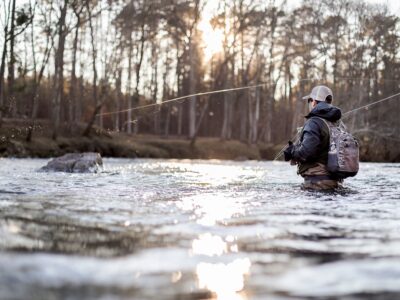The Dearborn River – A Hidden Gem
The Dearborn River begins its journey in the Scapegoat Wilderness. The River is approximately 70 miles long and fed by several smaller streams along its course.
Its pristine water, stunning scenery, and excellent trout fishing make it a must-visit destination for anyone who loves the outdoors. Floating the Dearborn is a seasonal endeavor. Spring runoff can render the river too high and fast for safe navigation, but as flows stabilize in late May or June, the river becomes an excellent choice for a day trip. The sweet spot for float fishing the Dearborn is when flows range from 400 to 800 CFS. During this period, the river is manageable for both wading and floating, with clearer water and more predictable fish behavior. By mid-July, flows often drop to levels more suitable for wade fishing than floating. Anglers fishing the Dearborn should be prepared to encounter various wildlife, including deer, elk, and grizzly bears. Whether you are a fisherman, hiker, kayaker, or just looking for a peaceful place to spend the day, the Dearborn has something for everyone.

